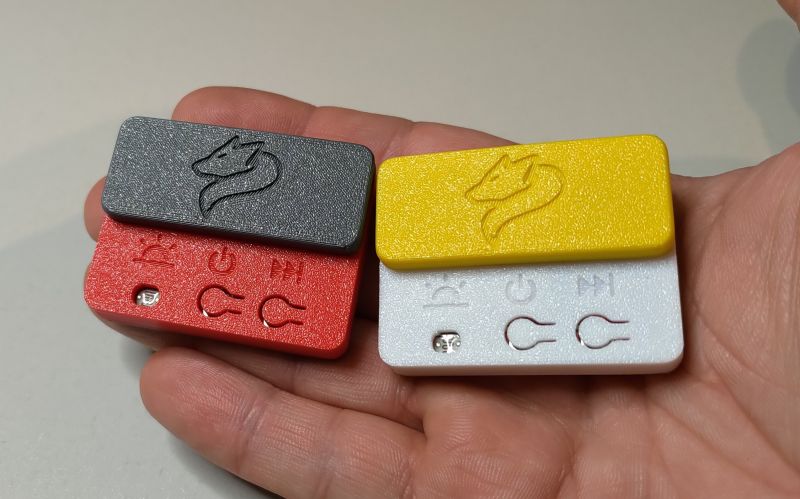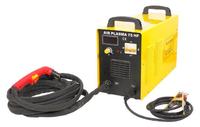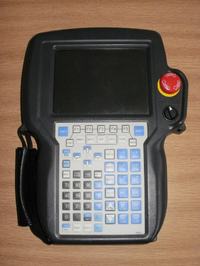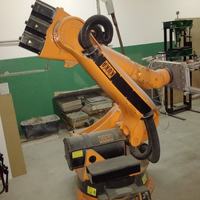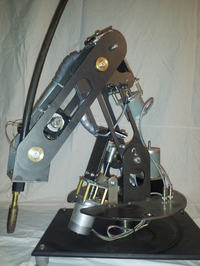
Hello
After a long time, I finally gathered myself to collect all the photos and videos of my project in one place and publish it on the forum. The construction is about two years old. I did the job when I was in the 3rd class of technical secondary school in mechatronics profile. Let me mention at the beginning that this is my second project of this type. The previous robot was made of plexiglass, controlled by arduino, and the actuating mechanisms were servos. Below is a photo of the previous project:

But getting to the point. The robot that I have built, and in fact I am still building (although I have not done anything with it for a year, I do not consider this project finished) was not created for any specific purpose. As I mentioned earlier, I did something similar for the Olympics in the 2nd class of technical school and it caught me so much that another construction was created and I have another one in my head. Basically, not knowing why, I did not follow any robot.
All the mechanisms that are there are recovered, and more specifically in the junkyard, I found used medical equipment from which I twisted out the more interesting elements and replaced it with a few old burnt power tools. Due to the lack of any large resources, everything was rather done as it was.
The whole structure was created so that as many elements as possible could be ordered to be burned on the laser.
All moving parts are mounted on ball bearings, thrust bearings or bronze bushings and it is possible to replace them.
The robot has 4 degrees of freedom, and the possibility of expanding to 7 if I add another controller and currently two relay outputs. As I did not have elementary knowledge of inverse kinematics at that time, the whole thing is controlled on the Teach In principle. The robot is controlled by the Mach 3 program. After starting the whole operation, drive each axis to the limit switch and reset the readings in Mach 3. Then we drive to the desired points one by one and enter their coordinates with GCODU.
I know that this is not a professional control, but the only one I was able to handle and adjust at that time.
As for the control system, I use a PC for this purpose. It is connected to an electrical box with a transformer, a 4-axis CNC controller, and a start-stop contactor relay system. Then, by means of high-class shielded cables, the whole is connected to the manipulator.
The structure is quite complex, so it is impossible to describe the whole in just one elaborate. I am happy to answer any questions. Currently, I am a student of Automation and Robotics, so I am planning another construction in which the programming interface itself will be much more user-friendly. In addition, I have an idea for several improvements, such as automatic maintenance of the welding tip during operation as well as the systems for detecting "sticking" of the welding wire in the tip. The welding tip itself is a manual holder that has been reworked (shortened). The robot works with any MIG welding machine equipped with a Euro connector. So far, I have not done any serious welding tests with it because, as I wrote, it is more of a hobby work.
Here is a photo of the first welding trials:
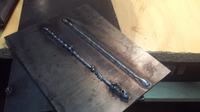
And a video from one of the robot's exhibitions. He then welded several dozen samples without any failure. Since I did it once, I had to fix one February and that's it.
[movie: 4204f6cd01] https://filmy.elektroda.pl/33_1456778198.mp4 [/ movie: 4204f6cd01]
This work was presented to many different interesting competitions and it took quite good places, but I know that it is not yet the top of the technology, so I would like to hear criticism and good advice;
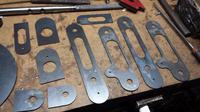

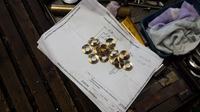
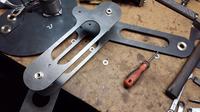

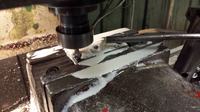


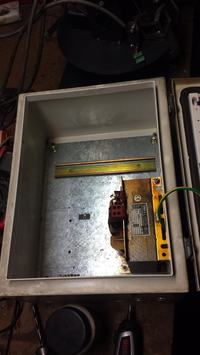
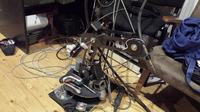
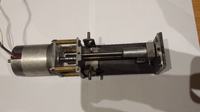
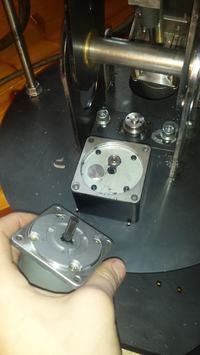

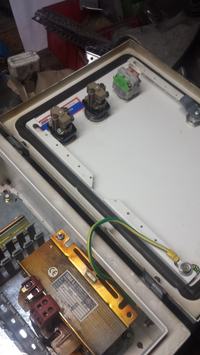

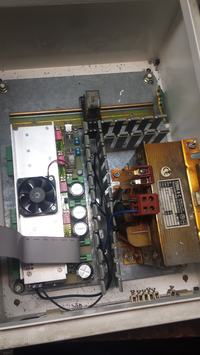
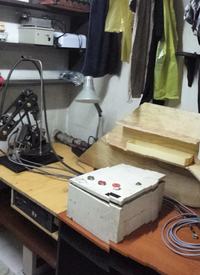

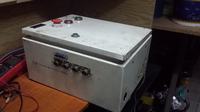
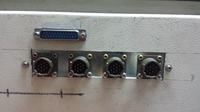

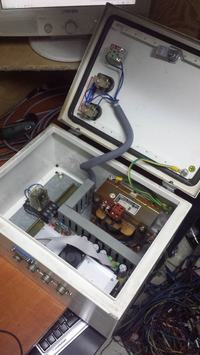
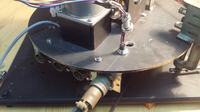


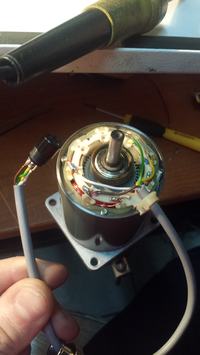
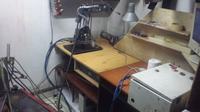
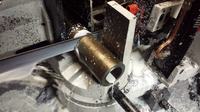
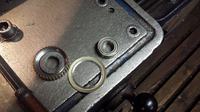
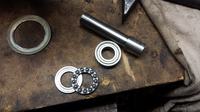


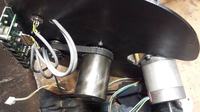
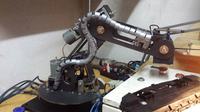
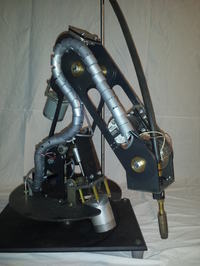
Cool? Ranking DIY



